Microwave Installation - Loose wires in drywall
Nikkiode
9 years ago
Related Stories
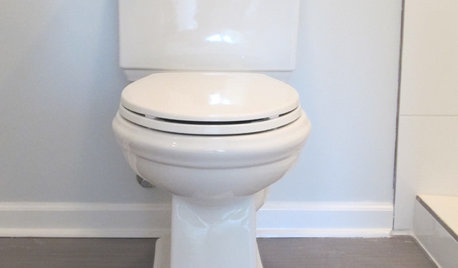
BATHROOM DESIGNHow to Install a Toilet in an Hour
Putting a new commode in a bathroom or powder room yourself saves plumber fees, and it's less scary than you might expect
Full Story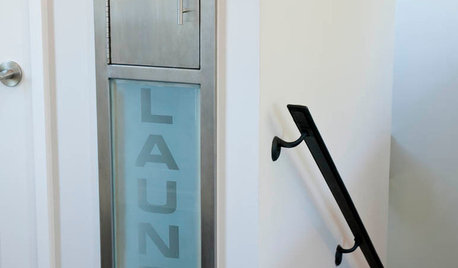
GREAT HOME PROJECTSHate Hauling Laundry? Give Dirty Clothes the Chute
New project for a new year: Install a quick route to the laundry room
Full Story
FUN HOUZZHouzz Call: Tell Us About Your Dream House
Let your home fantasy loose — the sky's the limit, and we want to hear all about it
Full Story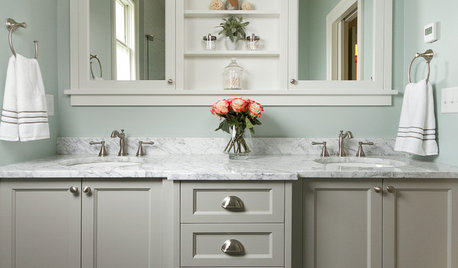
BATHROOM DESIGNShould You Get a Recessed or Wall-Mounted Medicine Cabinet?
Here’s what you need to know to pick the right bathroom medicine cabinet and get it installed
Full Story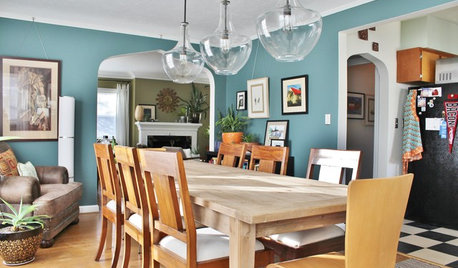
RANCH HOMESMy Houzz: Paint and Pluck Revamp a Portland Ranch
A 1930s fixer-upper becomes a cheery and personal home at the hands of an industrious homeowner
Full Story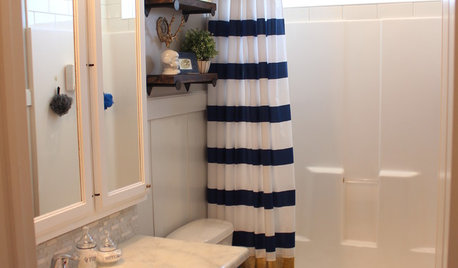
MOST POPULARShe’s Baaack! See a Savvy DIYer’s Dramatic $400 Bathroom Makeover
You’ve already seen her dramatic laundry room makeover. Now check out super budget remodeler Ronda Batchelor’s stunning bathroom update
Full Story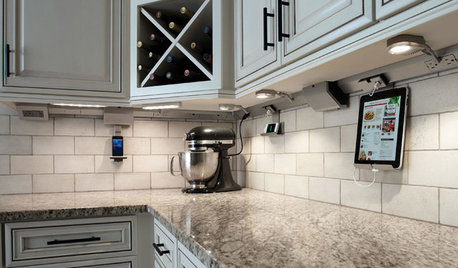
KITCHEN DESIGN7 Awesome Add-ons for Kitchen Cabinets
Useful gadgets, docks for your devices, extra lighting ... when it comes to cabinets, do look down
Full Story
GARDENING GUIDESGarden Myths to Debunk as You Dig This Fall and Rest Over Winter
Termites hate wood mulch, don’t amend soil for trees, avoid gravel in planters — and more nuggets of garden wisdom
Full Story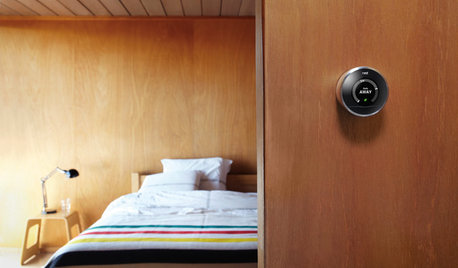
ACCESSORIESEveryday Home Must-Haves Beg for a Makeover
The Nest's much-improved take on the thermostat has us pondering reinventions of other necessities around the house
Full Story
REMODELING GUIDESCool Your House (and Costs) With the Right Insulation
Insulation offers one of the best paybacks on your investment in your house. Here are some types to discuss with your contractor
Full StorySponsored
More Discussions







NikkiodeOriginal Author
NikkiodeOriginal Author
Related Professionals
Asheboro General Contractors · Buena Park General Contractors · Cumberland General Contractors · Jackson General Contractors · Mishawaka General Contractors · Signal Hill General Contractors · Austintown General Contractors · Gardena Solar Energy Systems · Mesquite Solar Energy Systems · Ashburn Home Automation & Home Media · Beverly Hills Home Automation & Home Media · Burlingame Home Automation & Home Media · Philadelphia Home Automation & Home Media · South Lake Tahoe Home Automation & Home Media · Washington Home Automation & Home Mediaelltwo
Ron Natalie
Ron Natalie
bus_driver
btharmy
NikkiodeOriginal Author
a_custom_electric
Ron Natalie